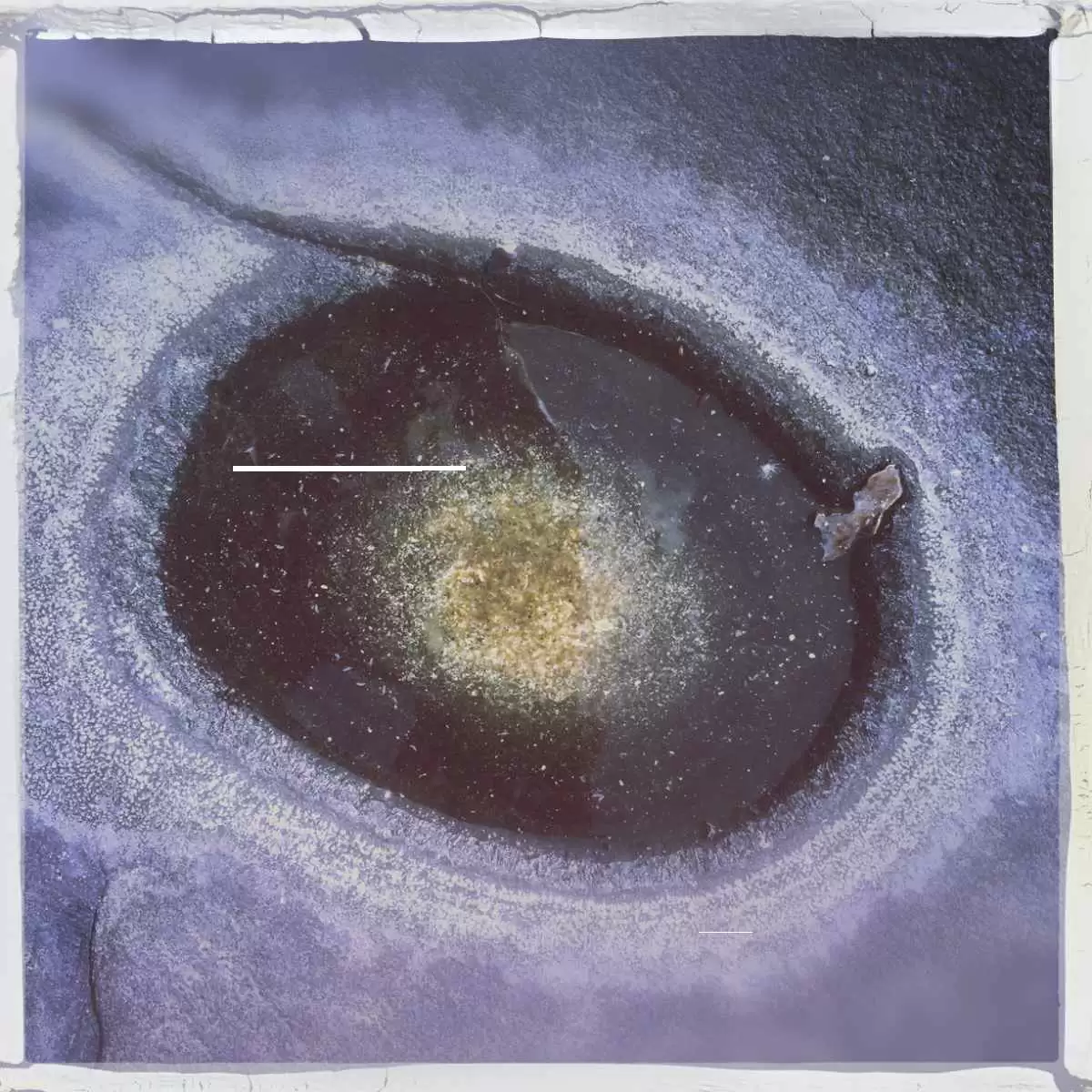
Celiac.com 08/15/2011 - People with potential celiac disease have similar HLA, and positive anti-transglutaminase antibodies, but do not suffer damage to small intestinal mucosa. Very few of these patients develop mucosal lesions.
So far, scientists know of more than forty genes associated with celiac disease, but exactly how these pathways act to trigger celiac disease in genetically predisposed individuals remains a mystery.
Celiac.com Sponsor (A12):
A team of researchers recently set out to shed some light on that mystery. The research team included Maria Pia Sperandeo, Antonella Tosco, Valentina Izzo, Francesca Tucci, Riccardo Troncone, Renata Auricchio, Jihane Romanos, Gosia Trynka, Salvatore Auricchio, Bana Jabri, and Luigi Greco. They are variously affiliated with the European Laboratory for Food Induced Disease, and the Department of Pediatrics at the University of Naples Federico II in Naples, Italy, the Department of Genetics at the University Medical Centre at the University of Groningen, Groningen in The Netherlands, and with the Department of Medicine, the Department of Pathology and the Department of Pediatrics at University of Chicago.
To more fully explore the genetic features of potential celiac disease individuals, the team enrolled 127 patients with potential celiac disease, positive anti-tissue transglutaminase and no mucosal lesions. Ultimately, about 30% of those followed for four years developed celiac disease.
The team then genotyped each of the subjects for 13 polymorphisms of the 'candidate genes’ and compared the results to control subjects, and to patients with known celiac disease. They used 60 biopsy specimens to more fully evaluate gene expression.
They found that people with potential celiac disease have less HLA-related risk compared to those with celiac disease (χ2 = 48.42; p value = 1×10−8). Those with potential celiac disease also share most of the polymorphisms of the celiacs, but the frequency of c-REL* G allele was suggestive for a difference compared to celiac (χ2 = 5.42; p value = 0.02).
There was one marker of the KIAA1109/IL-2/IL-21 region that differentiated those with potential celiac disease from those with clinical celiac disease (rs4374642: χ2 = 7.17, p value = 0.01). In people with potential celiac disease, the expression of IL-21 was completely suppressed, whereas, in those with celiac disease (p value = 0.02) and in control subjects (p value = 0.02), IL-2, KIAA1109 and c-REL expression were over-expressed.
The study reveals that people with potential celiac disease show different genetic features expression markers than those with celiac disease. The study also shows potential celiac disease to be a useful biological model of the pathways leading to the small intestinal mucosal damage in genetically predisposed individuals.
Source:
- Open Original Shared Link





.gif.acdac5a2256e7cdf7f7427067db6b2ea.gif)

Recommended Comments
There are no comments to display.